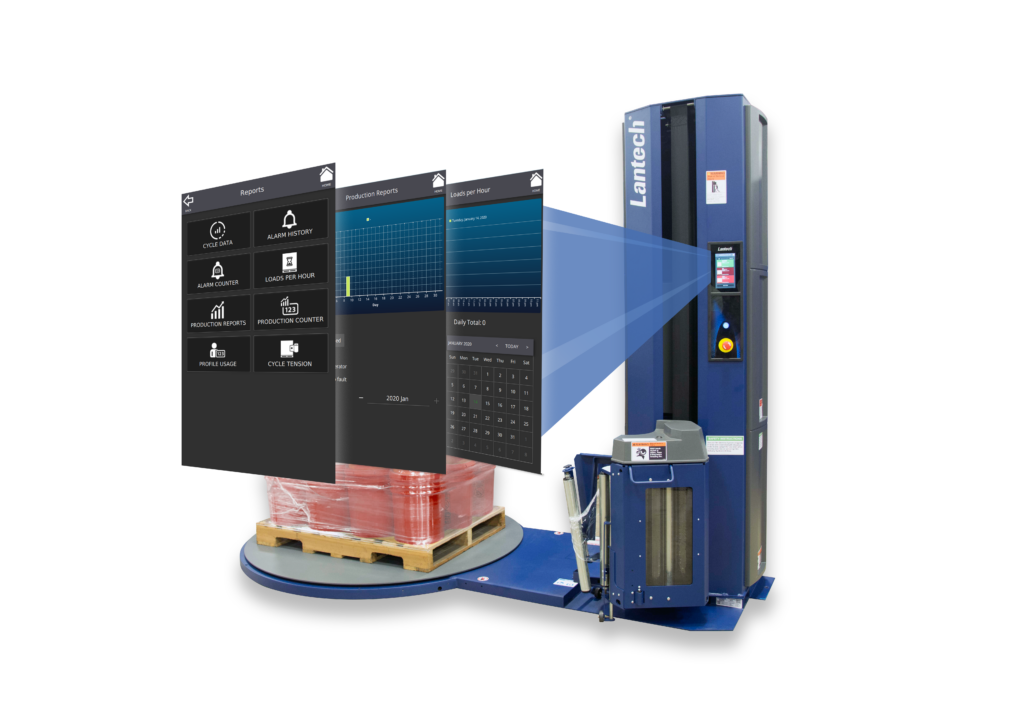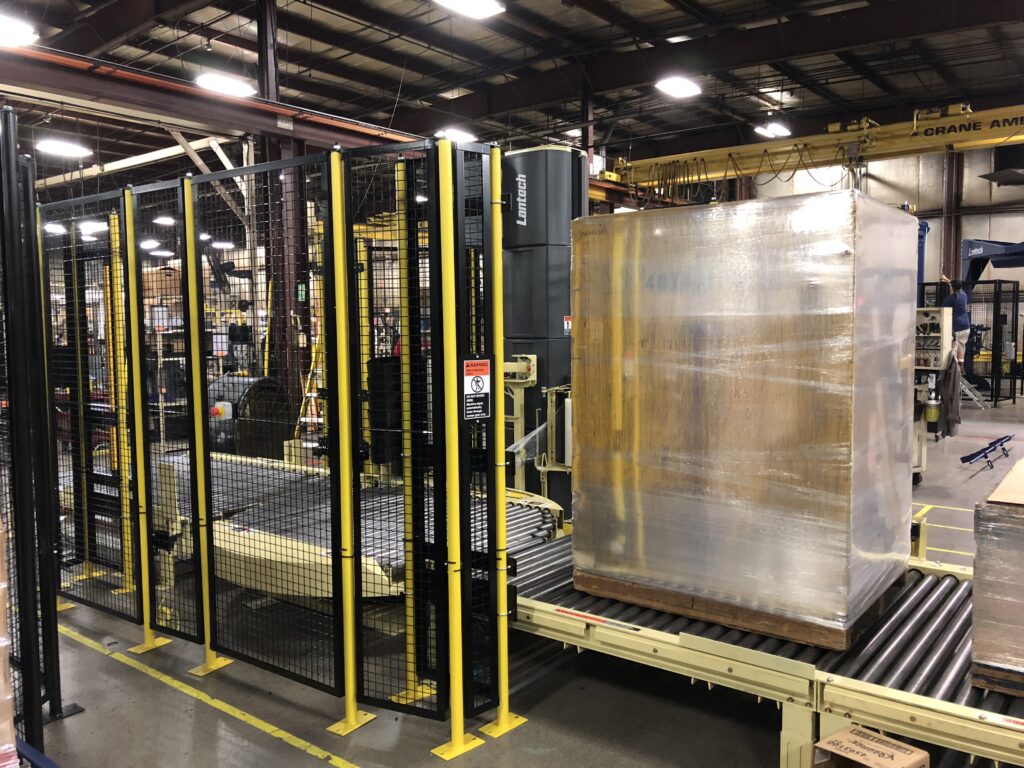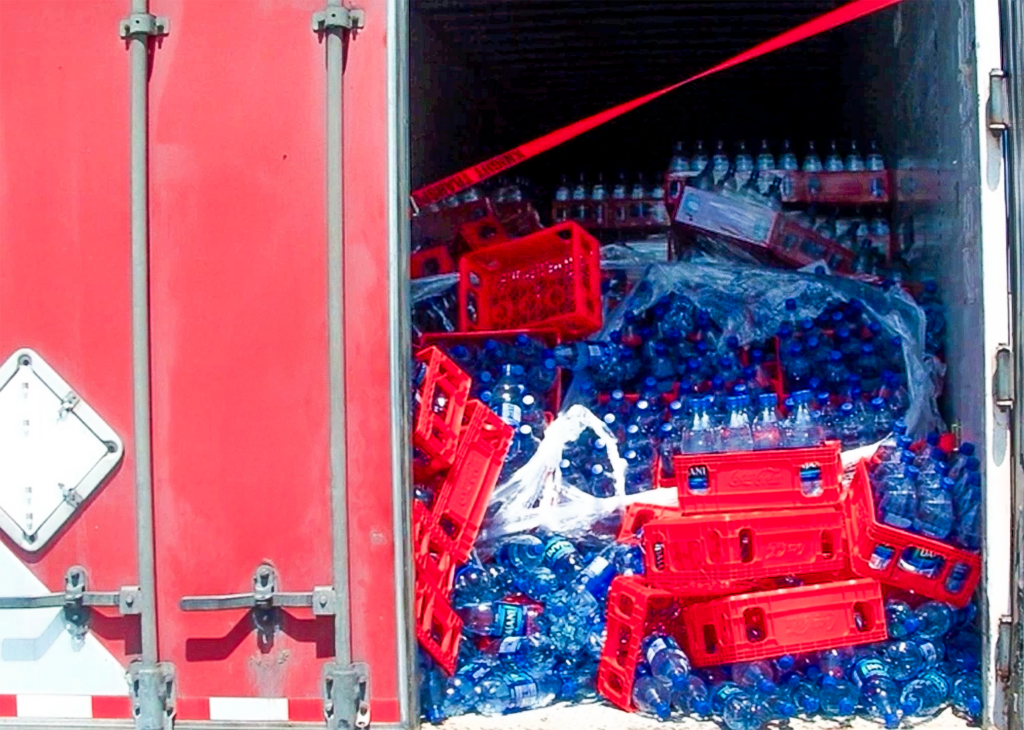You cherish your brand’s reputation. You would do (almost) anything to protect it. When it comes to quality control, you’re already using tried and true principles of check weighing during the upstream manufacturing process. But did you know you can extend a process, that’s already working so well, to another area? That’s right. You can use it one more time at the end of the line. When you weigh loads as an easy byproduct of stretch wrapping, you’re adding another layer of protection – virtually for free.
Here are three ways people are using this idea to maintain their quality:
1. Flag any variations from load to load
Weigh stretch wrapped loads as a final check before shipping to prevent underweight loads from ever reaching their final destinations.
Example: A sugar cane products manufacturer ships 26 pallets of pails and drums full with powder and liquid a day. “It doesn’t happen often, but when we find a drum that’s underweight, it’s a big deal,” says the company’s finishing and packaging manager. Before the company implemented check weighing, it accidently shipped two under-filled drums to unhappy customers. Even though products were weighed as they were filled, operators made mistakes. The company now uses an integrated scale on its semi-automatic stretch wrapper as a final quality control step.
2. Verify the pick list weight against the weight measured from the scale
Pick lists or computer databases show exactly how much, for example, a pallet of liquor, should weigh. Pull aside loads that weigh more or less than your standard.
Example: In September, not all of the 5,000 cases of rare Pappy Van Winkle bourbon made the journey from Buffalo Trace (the brand’s distillery) to their final destinations. Someone stole 195 bottles of Pappy Van Winkle 20 Year and 27 bottles of 13-year-old Van Winkle Family Reserve Rye from the middle of a pallet. Each bottle retails for up to $2000 on the secondary market. The missing product went unnoticed until employees weighed the pallet and noticed a discrepancy. The prevailing theory is the thief stole from the middle of the pallet, so the missing three-bottle cases weren’t noticeable to the naked eye. Click here to read more about the unsolved case.
3. Confirm product arrived to its destination intact without pilferage
Keep a record of weight in case you need to prove your innocence for product stolen or lost during the shipping process.
Example: A power transmissions distributor uses his records to stay in the good graces of customers. “You can support your theory with lost freight when proper weights come into play,” he says. Once, a customer called complaining of missing items. The distributor verified the weight of his product by referring to his records, which indicated all parts were sent. The distributor defended his brand’s reputation.
Risk is all around us. Don’t take more risk than you have to. Weigh your loads to flag and correct underweight or missing product before it goes out the door. It’s that easy.
Learn more about how Lantech can help you integrate weighing into your stretch wrapping process at Lantech.com.
Click here to read related blog: The Case of the Missing Pappy Van Winkle Bourbon






